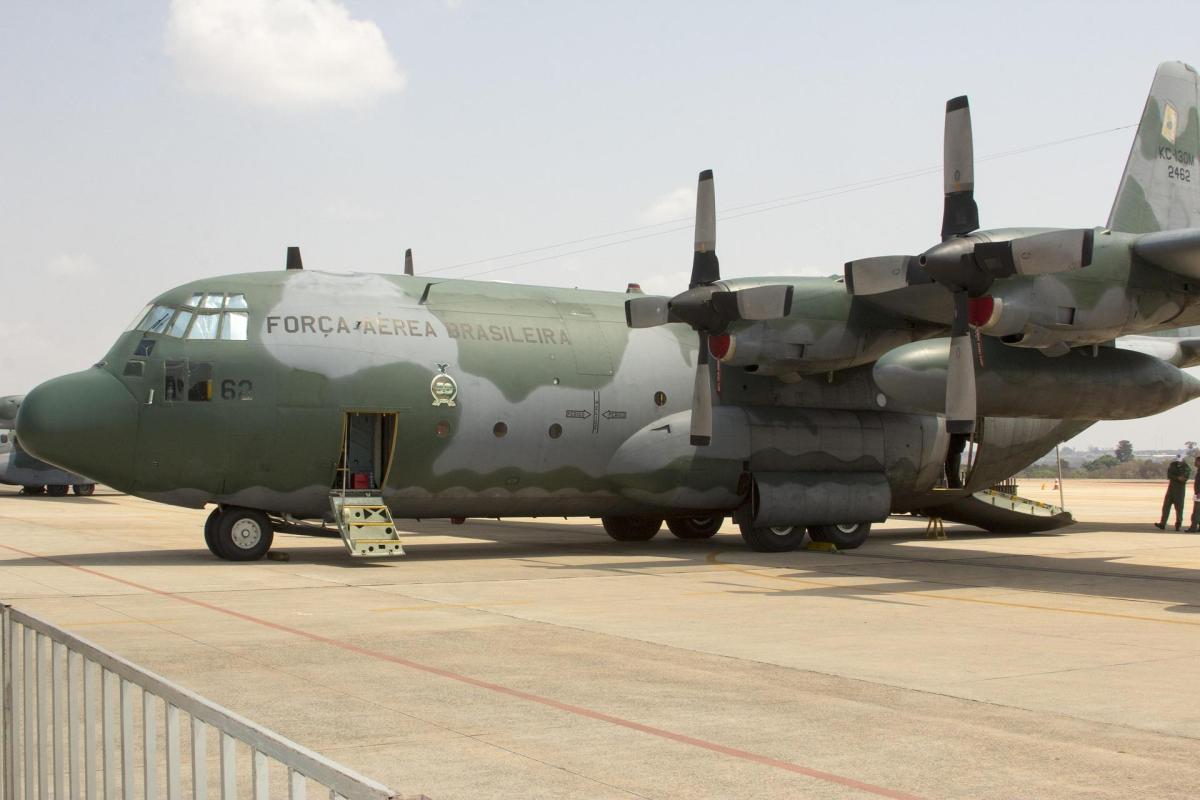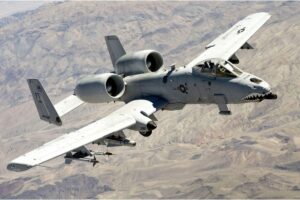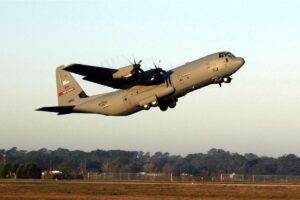Seamless Data Flow: RS-422 to ARINC429 Converters
In today’s highly integrated avionics ecosystems, reliable and timely data exchange between diverse subsystems is critical for operational efficiency and safety. Communication protocols like RS-422 and ARINC 429 play fundamental roles in various segments of modern and legacy aircraft systems. However, the differences in their physical and data-link layer characteristics pose significant integration challenges when systems designed with RS-422 need to interface with ARINC 429 networks. RS-422 to ARINC429 converters offer a practical solution for enabling seamless data flow, ensuring compatibility, and maintaining performance integrity across mixed-protocol environments.
This white paper provides a comprehensive analysis of RS-422 to ARINC429 protocol converters, covering their function, design principles, implementation strategies, operational benefits, and future trends. Engineers, avionics integrators, and system architects will find valuable insights into achieving robust, scalable, and standards-compliant solutions that bridge the gap between asynchronous serial communication and structured avionics data buses.
1. Communication Protocols Overview
1.1 RS-422 Fundamentals
RS-422 is a differential serial communication protocol defined by the Electronic Industries Alliance (EIA). It supports high-speed data transmission up to 10 Mbps over distances up to 1,500 meters. The differential nature of RS-422 signals enhances noise immunity, making it ideal for electrically noisy environments. RS-422 typically operates in a point-to-point or point-to-multipoint topology with one driver and up to ten receivers.
While RS-422 is widely used in industrial and embedded systems for its simplicity and reliability, it lacks higher-layer protocol features like message framing or error detection, requiring custom application-layer protocols or device-specific implementations to ensure robust communication.
1.2 ARINC 429 Protocol Essentials
ARINC 429, developed by Aeronautical Radio, Inc., is a widely adopted data bus standard in civil aviation for transmitting avionics data. It features unidirectional, point-to-point communication using a self-clocking signal format with embedded parity and label-based addressing.
Each ARINC 429 word is 32 bits long and comprises five fields: a label, source/destination identifier (SDI), data, sign/status matrix (SSM), and a parity bit. Operating at either 12.5 or 100 kbps, ARINC 429 ensures deterministic behavior and data integrity, making it ideal for safety-critical applications in aircraft.
1.3 Bridging the Protocol Gap
RS-422 and ARINC 429 differ significantly in both physical and logical characteristics. RS-422 is asynchronous and lacks a standard message format, whereas ARINC 429 is synchronous and strictly structured. Bridging these protocols requires intelligent conversion to ensure data compatibility, correct timing, and accurate translation of signal semantics.
RS-422 to ARINC429 converters perform this function by encapsulating RS-422 data into ARINC 429-compliant formats, inserting appropriate labels, managing timing constraints, and ensuring electrical compatibility.
2. Converter Functionality and System Role
2.1 Primary Function
The main function of RS-422 to ARINC429 converters is to enable communication between RS-422-compatible equipment—such as legacy sensors or control modules—and ARINC 429-based avionics networks. These converters serve as protocol translators that interpret and repackage data in real time.
2.2 Data Encapsulation and Labeling
To facilitate conversion, RS-422 data must be framed into ARINC 429 word structures. This involves selecting appropriate labels, managing SDIs and SSMs, and generating parity bits. The converter may use a pre-programmed lookup table or dynamically assign labels based on the source data.
2.3 Signal Conditioning
Electrical signal levels differ between RS-422 and ARINC 429. Converters include line receivers and ARINC 429 line drivers that ensure proper voltage translation, impedance matching, and isolation to prevent ground loops or signal degradation.
2.4 Operational Benefits
- Interoperability: Enables legacy equipment to function within modern avionics networks.
- Cost Savings: Eliminates the need for extensive hardware redesign or system replacement.
- Reduced Development Time: Pre-engineered converter modules accelerate integration.
- System Integrity: Maintains compliance with ARINC 429 transmission rules.
3. Design Architecture of RS-422 to ARINC429 Converters
3.1 Input Handling and Buffering
RS-422 data is typically received asynchronously. Converters employ UARTs or similar hardware interfaces to detect and buffer incoming bytes. FIFO (First In, First Out) queues help manage varying data arrival rates and prevent loss during bursts.
3.2 Protocol Translation Engine
A microcontroller, digital signal processor (DSP), or FPGA manages the protocol translation. It parses buffered RS-422 data, applies validation rules, and constructs ARINC 429 words with the appropriate data field, labels, and timing.
3.3 Output Transmission Logic
The ARINC 429 transmitter ensures compliance with signal timing, voltage levels, and word spacing. It manages transmission rates (12.5 or 100 kbps), inserts parity bits, and maintains the required minimum inter-word gaps.
3.4 Error Handling and Diagnostics
Converters include error detection logic for framing errors, parity mismatches, and buffer overflows. Some also support built-in test (BIT) functionality to ensure ongoing operational health.
3.5 Physical and Environmental Considerations
Converters designed for aerospace use are built to withstand temperature extremes, vibration, and EMI. Shielded enclosures, conformal coatings, and redundant power filtering are common features in aerospace-grade designs.
4. Application Scenarios
4.1 Cockpit System Upgrades
Older cockpit instruments that output RS-422 data (such as navigation or airspeed sensors) can be integrated into ARINC 429 bus systems used by modern flight computers or displays using protocol converters.
4.2 Avionics Data Recorders
Flight data recorders and quick access recorders (QARs) often collect information from multiple systems. RS-422 to ARINC429 converters allow seamless ingestion of RS-422 sensor data into ARINC 429-based recording architectures.
4.3 Unmanned Aerial Vehicles (UAVs)
UAV platforms commonly use lightweight, low-cost RS-422 components. When integrating these into mission computers or navigation systems that rely on ARINC 429, protocol converters eliminate compatibility barriers.
4.4 Maintenance and Testing Tools
Portable testers and maintenance diagnostic tools that use RS-422 can connect to aircraft ARINC 429 buses for direct interrogation, troubleshooting, or calibration through converters.
4.5 Ground Station Communication
For training, simulation, or testing, ground stations may use RS-422 to send data to aircraft ARINC 429 systems during hardware-in-the-loop (HIL) scenarios.
5. Integration Strategies and Considerations
5.1 Requirements Gathering
Understanding the data characteristics—such as baud rate, message length, timing constraints, and update frequency—is essential for selecting or configuring a suitable converter.
5.2 Mapping and Configuration
Label and SDI assignments must be carefully managed to avoid conflicts on the ARINC 429 bus. Converters may offer software tools for customizing data mapping and behavior.
5.3 Timing Synchronization
Since RS-422 is asynchronous and ARINC 429 is time-deterministic, synchronizing transmission rates and update intervals is critical. This may involve timing constraints or handshaking protocols.
5.4 Electrical Compatibility
Isolation, grounding, and EMI shielding are vital to maintain signal integrity, especially in dense electronic environments like aircraft cockpits or avionics bays.
5.5 Testing and Validation
Comprehensive validation in simulated and live environments ensures functional correctness, timing compliance, and robustness of the integrated solution.
6. Standards and Certification
6.1 ARINC 429 Compliance
Converters must adhere to ARINC 429 standards in terms of word structure, transmission rate, timing, and signal levels. Non-compliance can result in data corruption or bus errors.
6.2 RTCA DO-160
Environmental qualifications for avionics hardware are specified in DO-160, covering temperature, humidity, vibration, EMI, and lightning protection.
6.3 DO-254 and DO-178C
DO-254 governs hardware development assurance for airborne systems, while DO-178C applies to embedded software. These standards guide development of mission-critical components including converters.
6.4 Maintenance Documentation
Certification authorities often require detailed user manuals, wiring diagrams, and test procedures to support integration and field maintenance.
7. Advanced Features in Modern Converters
7.1 Programmability
Some converters include configurable logic or embedded software that allows users to change parameters like baud rate, label selection, and data formats through GUI tools or command-line interfaces.
7.2 Data Logging
Onboard memory or external logging support enables capture of converted data for diagnostics, flight testing, or long-term analysis.
7.3 Built-In Test (BIT)
Self-test capabilities help identify faults such as broken communication lines, buffer errors, or configuration mismatches.
7.4 Redundancy Support
Dual-channel converters allow failover in high-reliability environments, ensuring uninterrupted operation in case of failure.
7.5 Security Enhancements
With increasing concern about data security in avionics, some converters now support encrypted communications, authenticated firmware updates, and secure configuration.
8. Future Trends and Innovations
8.1 AI-Powered Conversion Logic
Future converters may employ machine learning to optimize data mapping, detect anomalies, and adapt dynamically to changing operational conditions.
8.2 Multi-Protocol Gateways
Next-generation platforms may consolidate RS-422, ARINC 429, MIL-STD-1553, and Ethernet into unified converters that support complex networked systems.
8.3 Miniaturization
Advances in semiconductor technology are enabling more compact, power-efficient converters suitable for space-constrained applications such as UAVs and microsatellites.
8.4 Cloud-Connected Diagnostics
Converters may support telemetry uploads, remote diagnostics, and over-the-air configuration via secure wireless or wired connections.
8.5 Integrated Cybersecurity
Future avionics systems will demand secure communication channels. Converters will evolve with embedded firewalls, intrusion detection, and encrypted transmission capabilities.
Conclusion
RS-422 to ARINC429 converters play a vital role in enabling legacy equipment to function within modern avionics architectures. They provide a cost-effective, reliable, and scalable solution for ensuring data compatibility, reducing integration complexity, and maintaining compliance with strict aviation standards. As aircraft systems continue to evolve, protocol converters will remain essential tools for bridging technologies, extending the lifecycle of critical equipment, and supporting innovation across aerospace platforms.





